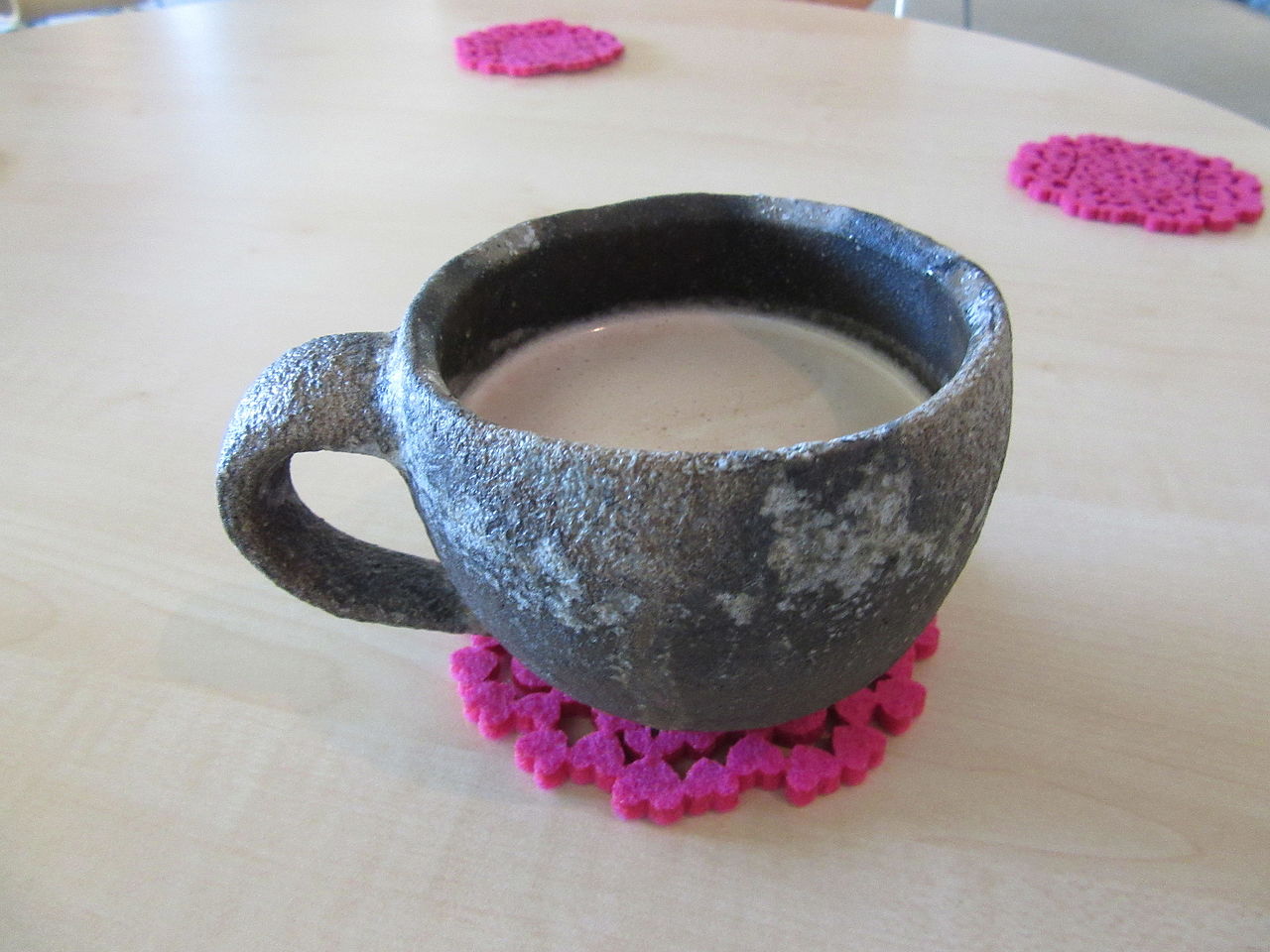The story of Tsuboya Yaki should best begin with a glance at its history. An area in Naha called Tsuboya is home to Okinawa’s pottery culture. Tsuboya Yaki, or pottery, is the best known style of Ryukyu pottery. It was first introduced from China in 1100s-1400s at the height of the so-called Gukusu Period. Gusuku is a Ryukyuan term for “castle” or “fortress” erected all over the island amid a conflict in the 14th century when the island was divided into three kingdoms.
Category: Japanese Pottery
many kinds of pottery in Japan
Tsuboya-yaki(壺屋焼)
Tsuboya-yaki is one of Japanese traditional crafts. It is from Okinawa prefecture located in the south part of Japan. The features of Tsuboya-yaki are simplicity and powerfulness, and its traditional technique, firing temperature and clay peculiar to the area bring it a unique style, which makes us feel its weightiness and warmth. The feature of all Okinawa pottery, including preceding pottery of Tsuboya-yaki, such as Wakita-yaki and Kina-yaki, is influenced by China and Korea, and potters skillfully assimilated the skills of them and develop original style which suits the lifestyle in Okinawa prefecture.
Echizen yaki (越前焼)
(from Wikipedia; https://ja.wikipedia.org/wiki/%E8%B6%8A%E5%89%8D%E7%84%BC)
Introduction
Echizen-yaki is one of the special products of Fukui prefecture. Echizen-yaki is usually dark red or reddish brown since it made of clay that contains a lot of iron, but it also can have color variety, like beautiful yellow green. The color and its touch give it warmth; on the other hand, it has high durability since it is fired in very high temperature. Firstly, we take a close look at this baking process. In the early stages of the manufacture, long kilns called “Anagama ” were used. The kilns are about 13-meter-long tunnel-shape holes dug on sloops of mountains. It was possible to bake about a ton of pottery at once, and it takes about a week until the pottery is fired completely. It is considered that the kilns were built in Ozowara (part of Echizen region) first, and they spread over hilly regions like Kumadani and Taira.
Echizen-yaki is famous for one of six Japanese old and traditional pottery (Rokkoyo – means six old kilns; including Seto-yaki, Tokoname-yaki, Shigaraki-yaki, Tanbatachikui-yaki, and Bizen-yaki.) However, Echizen-yaki didn’t always steadily expanded – it has overcame difficulties until its value are recognized by the public like nowadays.
